
Swedish Cold-blooded Trotter
- Home
- Our work
- Farm animals
- Nordic native breeds
- Swedish Cold-blooded Trotter
Native country: Sweden
Native name: Svensk kallblodig travare
Withers height: Ideally 153cm, but 90% between 146cm-159cm
Colour: Brown, Black and red is most common but all colours may occur.
Type: coldblooded trotter
Population size: 456 registered foals in 2019
Number of covered mares 2019: 631
Not at Risk – Vulnerable – Endangered – Critically Endangered – Extinct
Top photo: Image: Claes Kärrstrand.
Background
The Swedish cold-blodded trotter is a descendandt of the Nordic Landrace Horse, with its origins sometime 2000-3000 years before Christ, has changed over the centuries through breeding, selection and crossbreeding, and is probably the oldest trotting breed in the world. The role of the horse has changed over time from being a meat and milk producer, a draught and working horse, a resource in the armed forces and in forestry and agriculture to becoming today’s leisure and sports horse (From Avlsplan for kaldblodstraver, 2020).
The landrace horse history is in many ways the basis for trotting as a sport in the Nordic countries. The breed’s ability to walk and trot became particularly important in the Nordic climate with the invention of the sled. (From Avlsplan for kaldblodstraver, 2020).
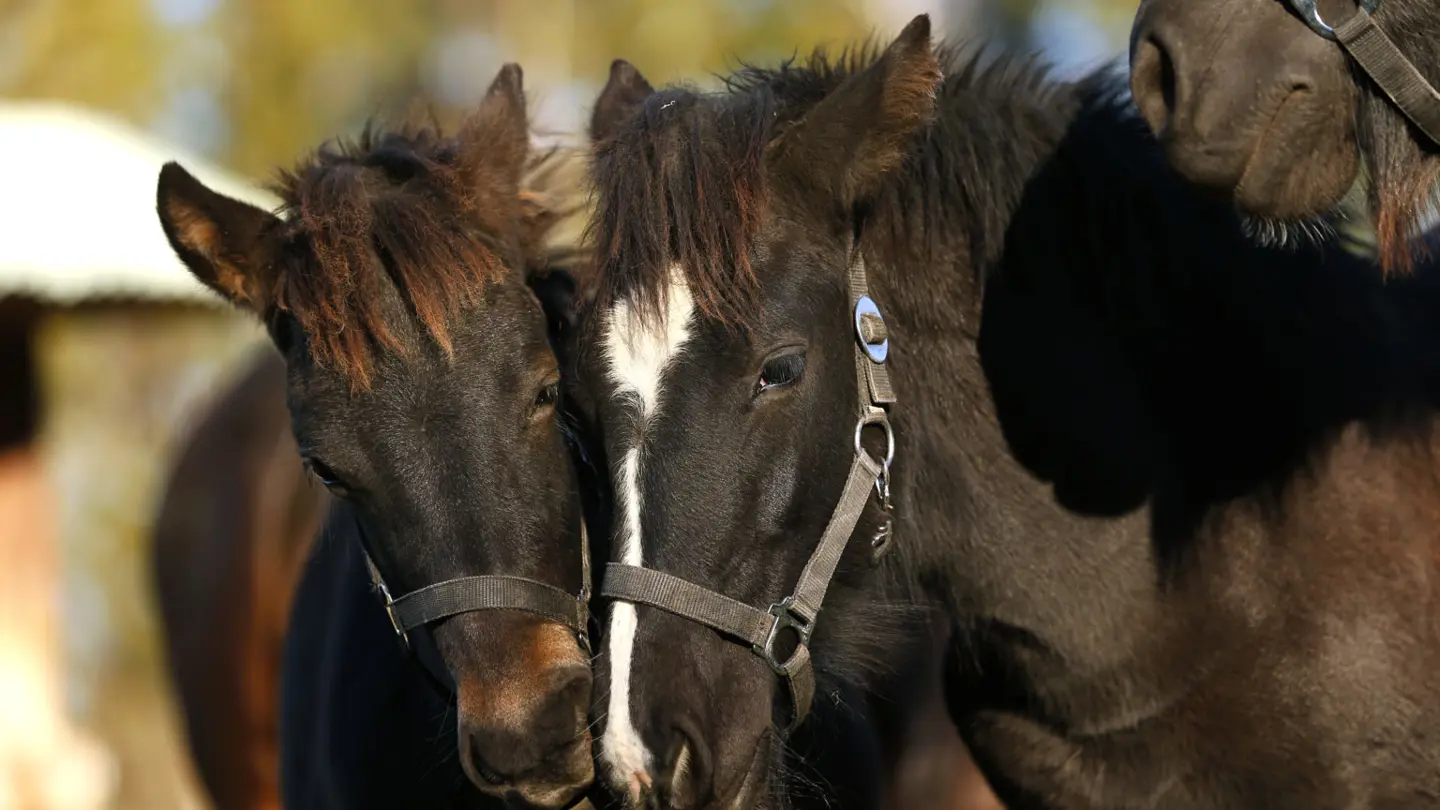
Although the breed’s specific use is trotting, the versatility means that the horses are also appreciated in the equestrian and driving sports. The Swedish and Norwegian cold-blooded stallions are closely related and there is a co-operation agreement from the year 2000 on breeding and competitions. Svensk Travsport (ST), the Swedish Trotting Association, is a breeding organization for cold-blooded trotters and collaborates with the breed’s own interest organization SLEIPNER.
Conservation
The Swedish Board of Agriculture has listed the cold-blooded trotter as endangered, and it is part of their conservation work. The Swedish Board of Agriculture has a Reference Group for animal genetic resources where representatives of all animal breeds that are listed as endangered are included and where the Swedish Trotting Association is the representative of the cold-blooded trotter.
The development regarding inbreeding in the population is followed annually with calculations made by Dr Thorvaldur Arnasson and inbreeding is also reported at the individual level on Travsport.se, stallion catalogs and Breedly.com. The real genetic inbreeding has also been calculated within the framework of research at SLU and NMBU with ST. A number of activities have also been done so that the Swedish part of the population will not decrease further (-about 15% from the year 2000) via redistribution of breeding funds, foal subsidies and the design of the competition system.
Several things in the breeding plan common to Norway and Sweden have a great bearing on conservation aspects such as the importance of the breed type, strict regulation of breeding stallions’ health and various measures against inbreeding. In the computer program Breedly.com, you can also make virtual crosses where the inbred degree of the intended offspring is reported. In breeding evaluation of stallions, in addition to breed type, health status, performance, breeding index, degree of inbreeding, the stallions’ relationship with the population is also taken into account.
Characterization
There are research activities aimed at characterizing the breed. Characterization is an important part of conservation, as we thereby learn whether the breeds have unique characteristics we may need in the future. As the breed is part of our cultural heritage, it is also important to ensure historical knowledge about its development and significance for humans, as we know how to ensure knowledge about this breed while ensuring knowledge about our own societal development.
Based on a systematic study by NordGen, until 2019, 13 easily accessible studies were found that included the Swedish Cold-blooded trotter. Swedish Cold-blooded trotter is thus the most characterized Swedish horse worthy of preservation, with characterization studies of phenotypic traits, genetic diversity based on pedigree information and molecular genetic diversity within and between this breed and a selection of other breeds, as well as genetic variation in traits.
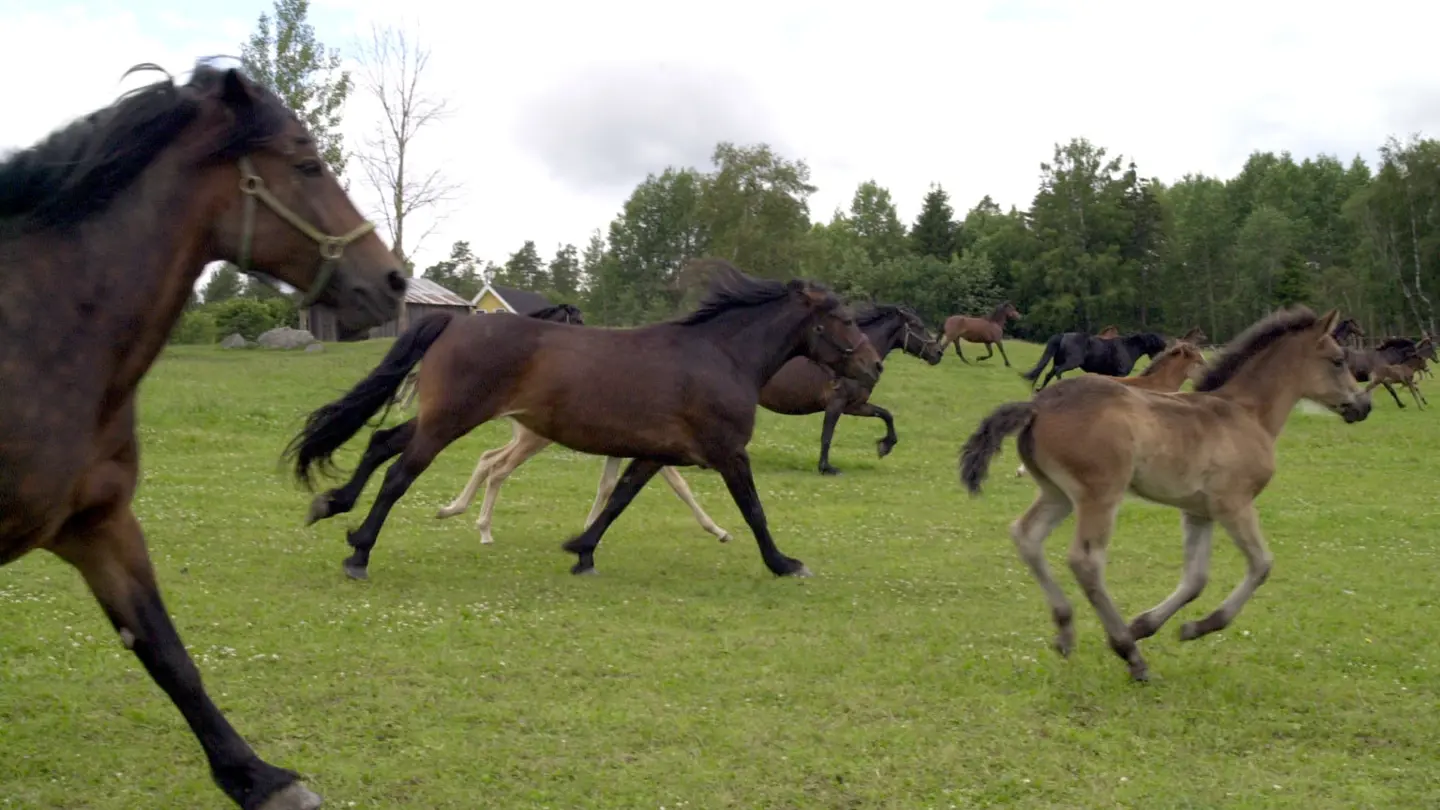
All studies, except 3, examine performance, myostatin, DMRT3 gene association with particular gaits, and regions under selection for trotting. The latter focus on introgression, breeding values and minimization of inbreeding. 8 of the studies focus on molecular genetic diversity. However, no studies were found that examined the socio-cultural significance of the breed. As a large part of the studies focus on characterizing the same few traits, there is still a great need to characterize this breed, as there are still many traits and traits that have not yet been uncovered. Gaining that knowledge will help us be stronger in the conservation work for the breed.
Fun facts
The Swedish and Norwegian Coldblooded trotter has since 2000 had cooperation about the breeding work across the borders and today they have a common breeding program. This is good to conserve genetic diversity and hinder increase of inbreeding.
References
Bohlin, O. & Rönningen, K. (1975). Inbreeding and relationship within the North-Swedish horse. Acta Agriculturae Scandinavica 25(2), 121–125. doi:10.1080/00015127509436242.
Fegraeus, K. J., Lawrence, C., Petäjistö, K., Johansson, M. K., Wiklund, M., Olsson, C., Andersson, L., et al. (2017b). Lack of significant associations with early career performance suggest no link between the DMRT3 “gait keeper” mutation and precocity in coldblooded trotters. PLOS ONE 12(5), e0177351. doi:10.1371/journal.pone.0177351.
Fegraeus, K. J., Velie, B. D., Axelsson, J., Ang, R., Hamilton, N. A., Andersson, L., Meadows, J. R. S. & Lindgren, G. (2018b). A potential regulatory region near the EDN3 gene may control both harness racing performance and coat color variation in horses. Physiological Reports 6(10), e13700. doi:10.14814/phy2.13700.
Fegraeus, K. J., Velie, B., Axelsson, J. & Lindgren, G. (2018a). Selective sweep mapping using a unique Nordic horse model revealed edn3 as a candidate gene for harness racing performance. n.d. PAG – Plant and Animal Genome XXVI Conference, January 13–17. Accessed 24 September 2019, available at: https://pag.confex.com/pag/xxvi/meetingapp.cgi/Paper/28321
Kangas, N. (2013). Association of the DMRT3 nonsense mutation with pattern of Locomotin in five different horse breeds. Swedish University of Agricultural Sciences, available at: http://stud.epsilon.slu.se/5834/7/kangas_n_130704.pdf Kierkegaard, L.S., Groeneveld, L.F., Kettunen, A., Berg, P. (2020). The status and need for characterization of Nordic animal genetic resources, Acta Agriculturae Scandinavica, Section A — Animal Science, 69:1-2, 2-24, DOI: 10.1080/09064702.2020.1722216
Olsen, H. F., Klemetsdal, G., Ødegård, J. & Árnason, T. (2012). Validation of alternative models in genetic evaluation of racing performance in North Swedish and Norwegian cold-blooded trotters: Validation of alternative models in the cold-blooded trotter. Journal of Animal Breeding and Genetics 129(2), 164–170. doi:10.1111/j.1439-0388.2011.00943.x.
Olsen, H. F., Meuwissen, T. & Klemetsdal, G. (2013). Optimal contribution selection applied to the Norwegian and the North-Swedish cold-Blooded trotter – a Feasibility study: Optimal contribution selection in cold-blooded trotters. Journal of Animal Breeding and Genetics 130(3), 170–177. doi:10.1111/j.1439-0388.2012.01005.x.
Petäjistö, K. (2016). The role of myostatin in coldblooded trotter harness racing performance. Second cycle, A2E, Swedish University of Agricultural Sciences, available at: http://stud.epsilon.slu.se/9762/
Promerová, M., Andersson, L. S., Juras, R., Penedo, M. C. T., Reissmann, M., Tozaki, T., Bellone, R., et al. (2014). Worldwide frequency distribution of the “gait keeper” mutation in the DMRT3 gene. Animal Genetics 45(2), 274–282. doi:10.1111/age.12120.
Staiger, E. A., Almén, M. S., Promerová, M., Brooks, S., Cothran, E. G., Imsland, F., Fegraeus, K. J., et al. (2017). The evolutionary history of the DMRT3 “gait keeper” haplotype. Animal Genetics 48(5), 551–559. doi:10.1111/age.12580.
Velie, B. D., Fegraeus, K. J., Solé, M., Rosengren, M. K., Røed, K. H., Ihler, C.-F., Strand, E. & Lindgren, G. (2018). A genome-Wide association study for harness racing success in the Norwegian-Swedish coldblooded trotter reveals genes for learning and energy metabolism. BMC Genetics 19(1), 80. doi:10.1186/s12863-018-0670-3.
Velie, B. D., Lillie, M., Fegraeus, K. J., Rosengren, M. K., Solé, M., Wiklund, M., Ihler, C.-F., Strand, E. & Lindgren, G. (2019). Exploring the genetics of Trotting racing ability in horses using a unique Nordic horse model. BMC Genomics 20(1), 104. doi:10.1186/s12864-019-5484-9. Viluma, A. (2012). Polymorphism in myostatin gene and athletic performance in Nordic horse breeds. Swedish University of Agricultural Sciences, available at: http://stud.epsilon.slu.se/id/file/2988345
Read more about our other native breeds
-
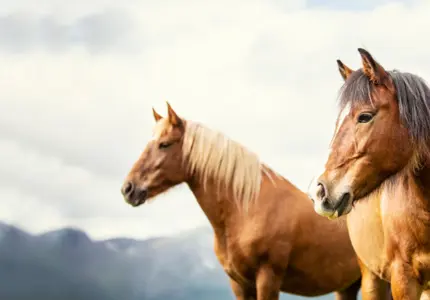
Nordland/Lyngen Horse
The first known and documented exhibition where this breed participated, was in 1898 at Lyngseidet in Troms. In the 1930s, organized breeding of Nordland/Lyngen horses started.
Read more about the breed
-
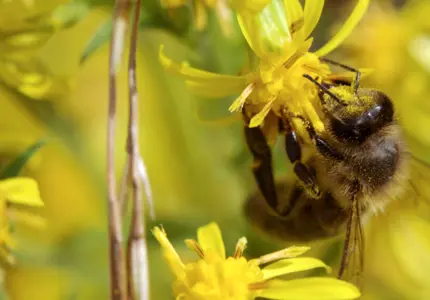
The Nordic brown bee
Honey bees are threatened by intensive agriculture, habitat loss and climate changes worldwide and are important to conserve, not only due to their honey production but also due to their pollination services.
Read more about the breed
-
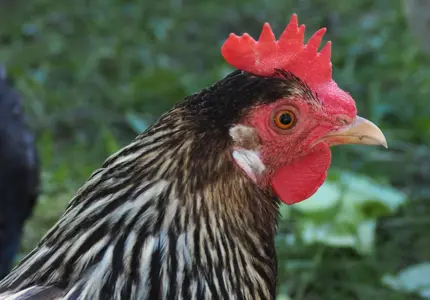
Finnish Landrace Chicken
In 1974, the agricultural advisory agency collaborated with Seiskari and published a call to find remains of the Finnish landrace chicken. As a result, one flock was found in South-East Finland. This family line was named after its geographical location as “Savitaipaleenkanta”.
Read more about the breed